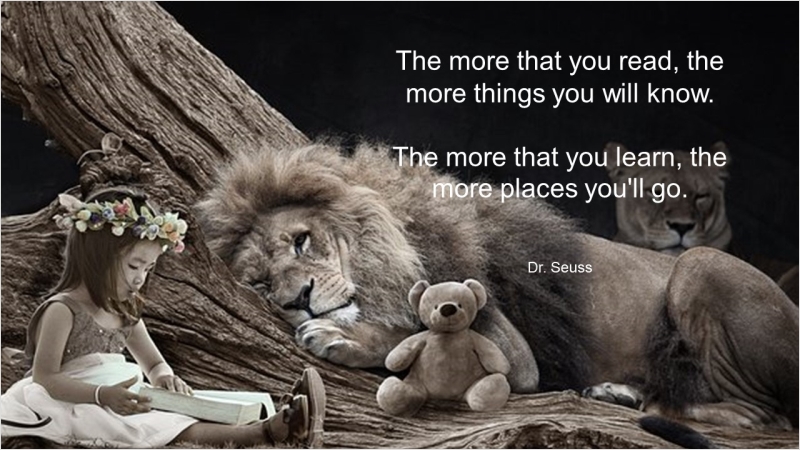
Reading Expands Your Mind and Takes You Places
READING IS A FUNDAMENTAL SKILL FOR SUCCESS IN LIFE. Not only does reading enhance our knowledge and understanding,...
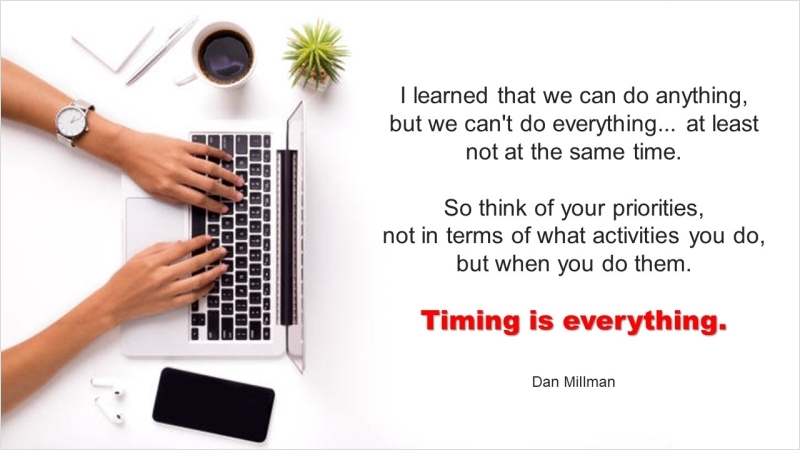
The Time Solution: Prioritizing for Success
HAVE YOU EVER FOUND YOURSELF OVERWHELMED BY THE NUMBER OF THINGS YOU HAVE TO DO? You may have...
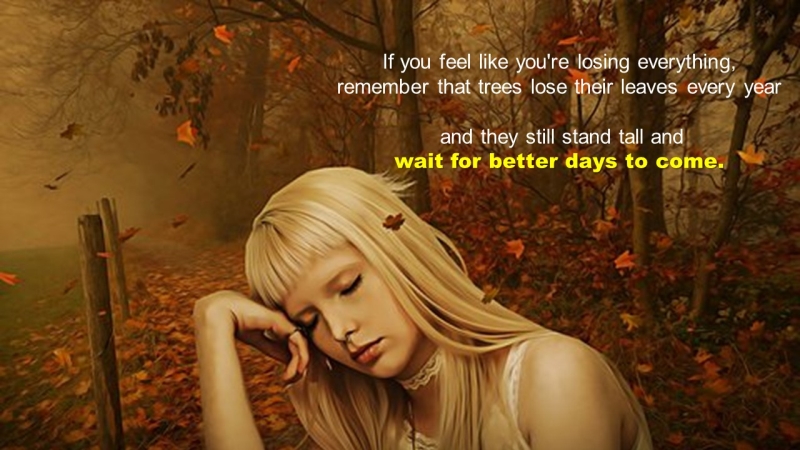
Losing Everything: The Lessons from Trees
LIFE CAN BE CHALLENGING, AND THERE ARE TIMES WHEN EVERYTHING IS SLIPPING AWAY. During these moments of despair,...
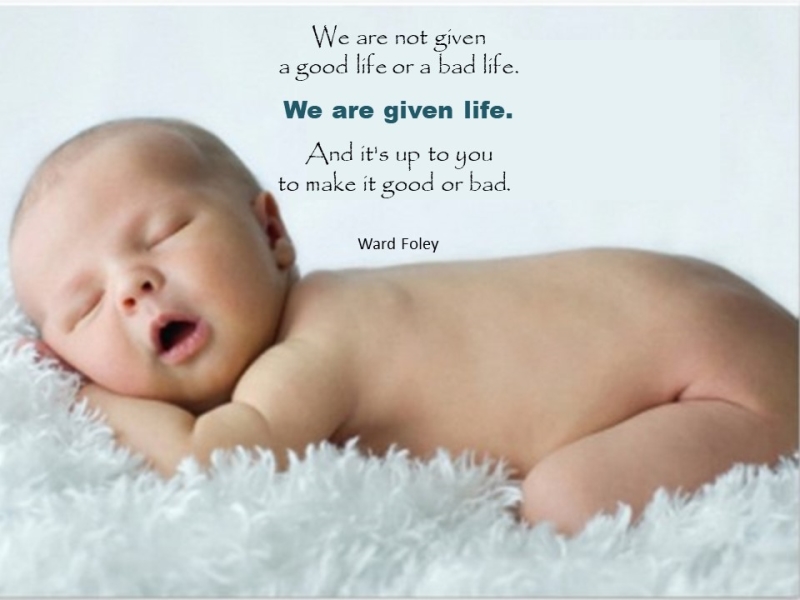
Life Is What You Make It
LIFE IS A JOURNEY WITH MANY UNEXPECTED TURNS, UPS, AND DOWNS. While it’s true that we all receive...
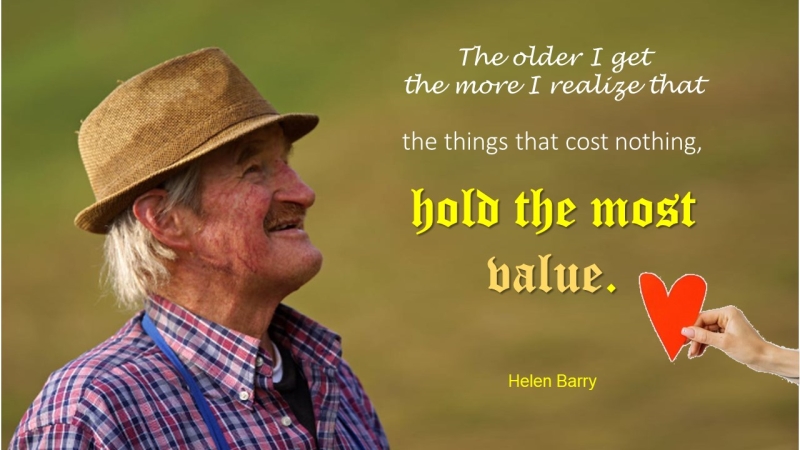
The Simple Things That Cost Nothing Are Priceless
WE ACCUMULATE EXPERIENCES, MEMORIES, AND POSSESSIONS AS WE GO THROUGH LIFE. However, as we grow older, we realize...

Question Your Beliefs and Find New Opportunities
PEOPLE OFTEN THINK INTELLIGENCE MEANS KNOWING THINGS AND REMEMBERING THEM QUICKLY AND CORRECTLY. However, true intelligence is much...

Overcoming Fear in Decision Making
WHEN FACED WITH A DIFFICULT DECISION, IT’S EASY TO LET FEAR TAKE OVER—fear of the unknown, fear of...
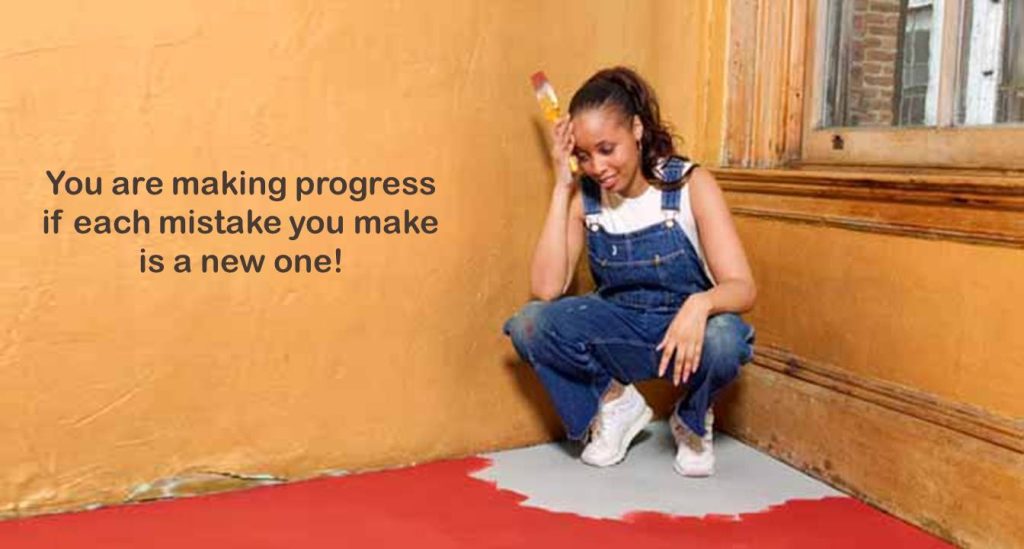
Making Progress Through New Mistakes
TRUE LEARNING REQUIRES A WILLINGNESS TO MAKE MISTAKES. However, the types of mistakes you make can reveal a...